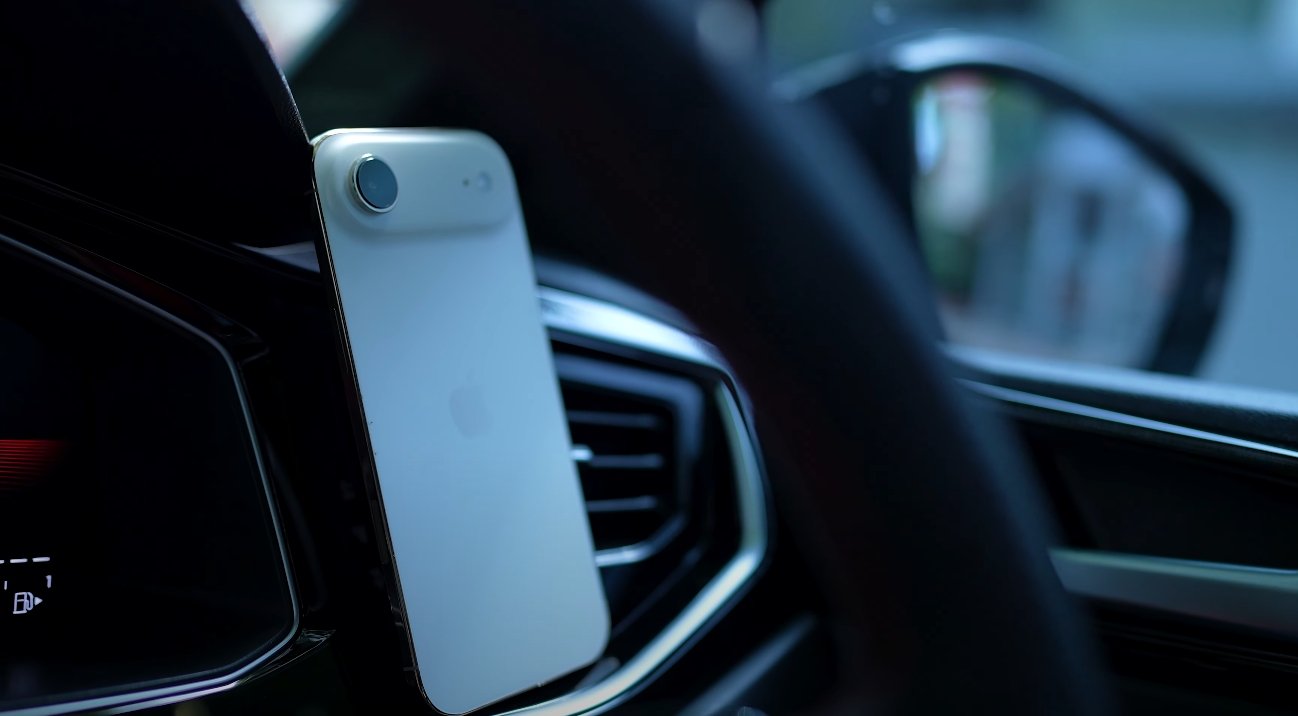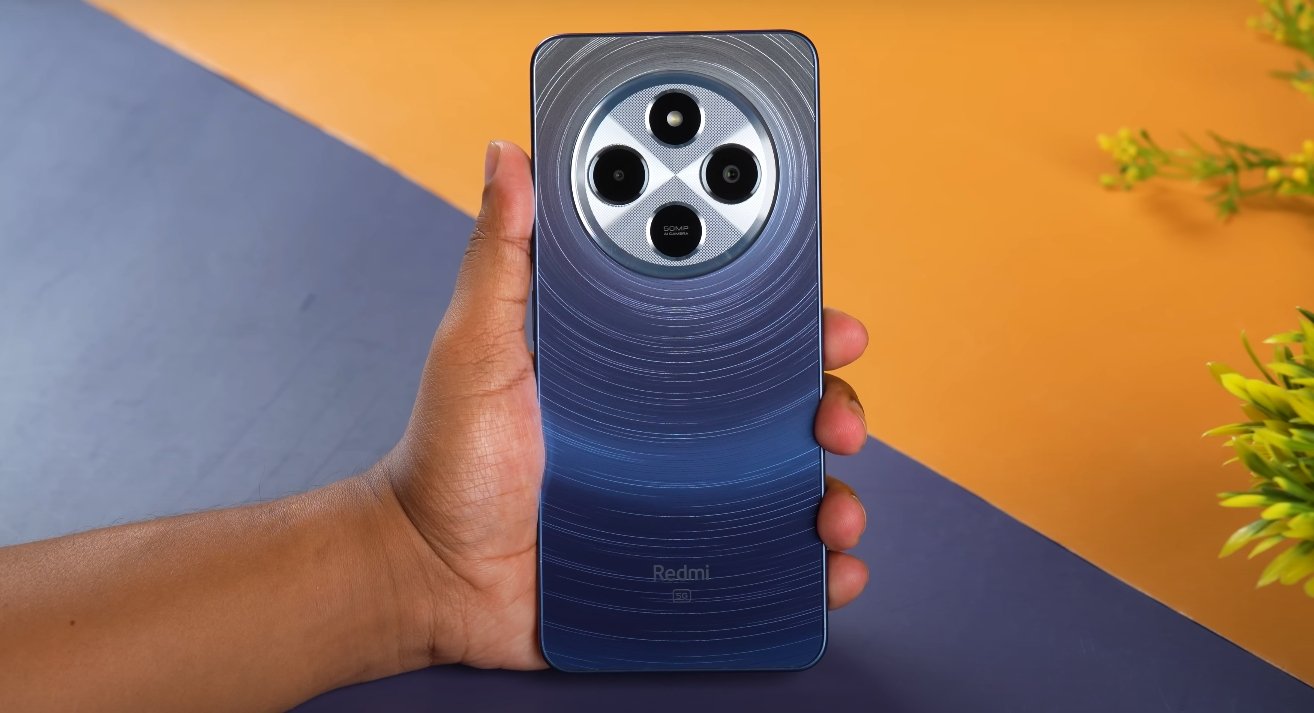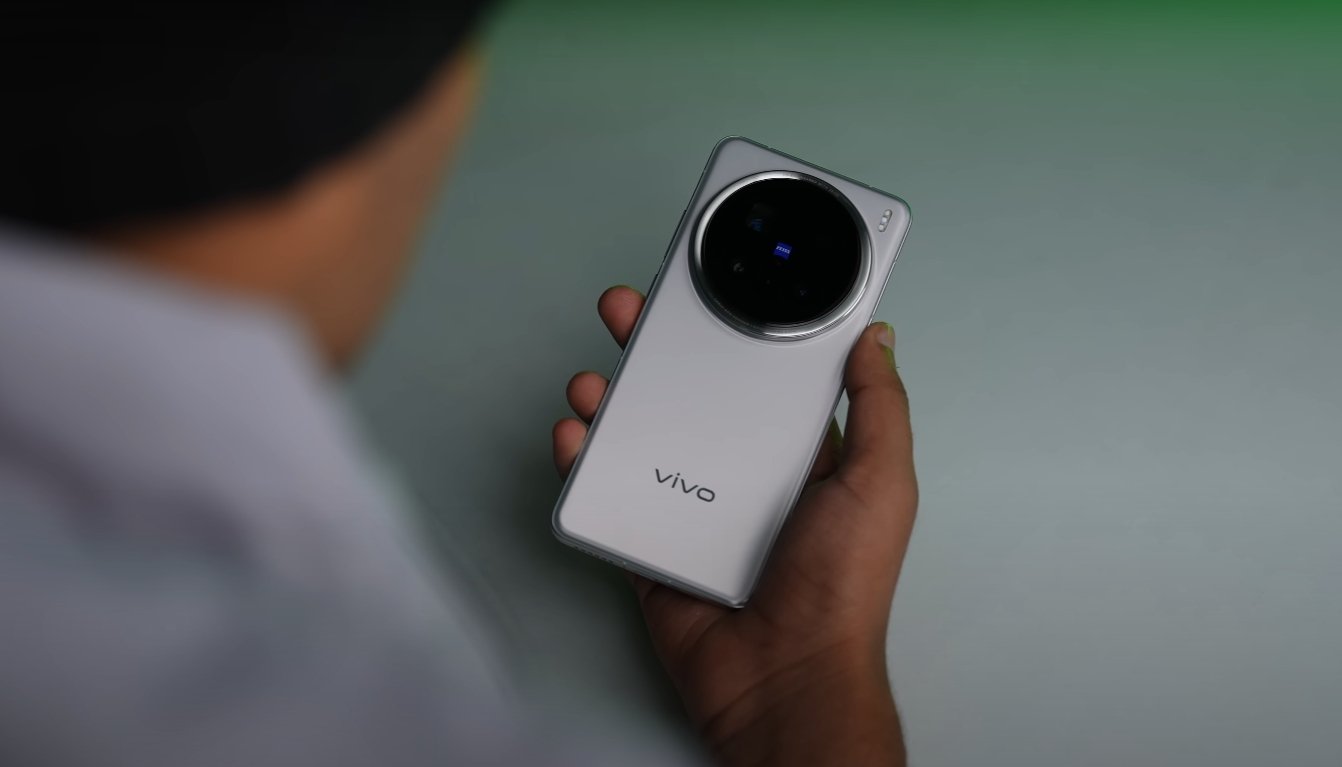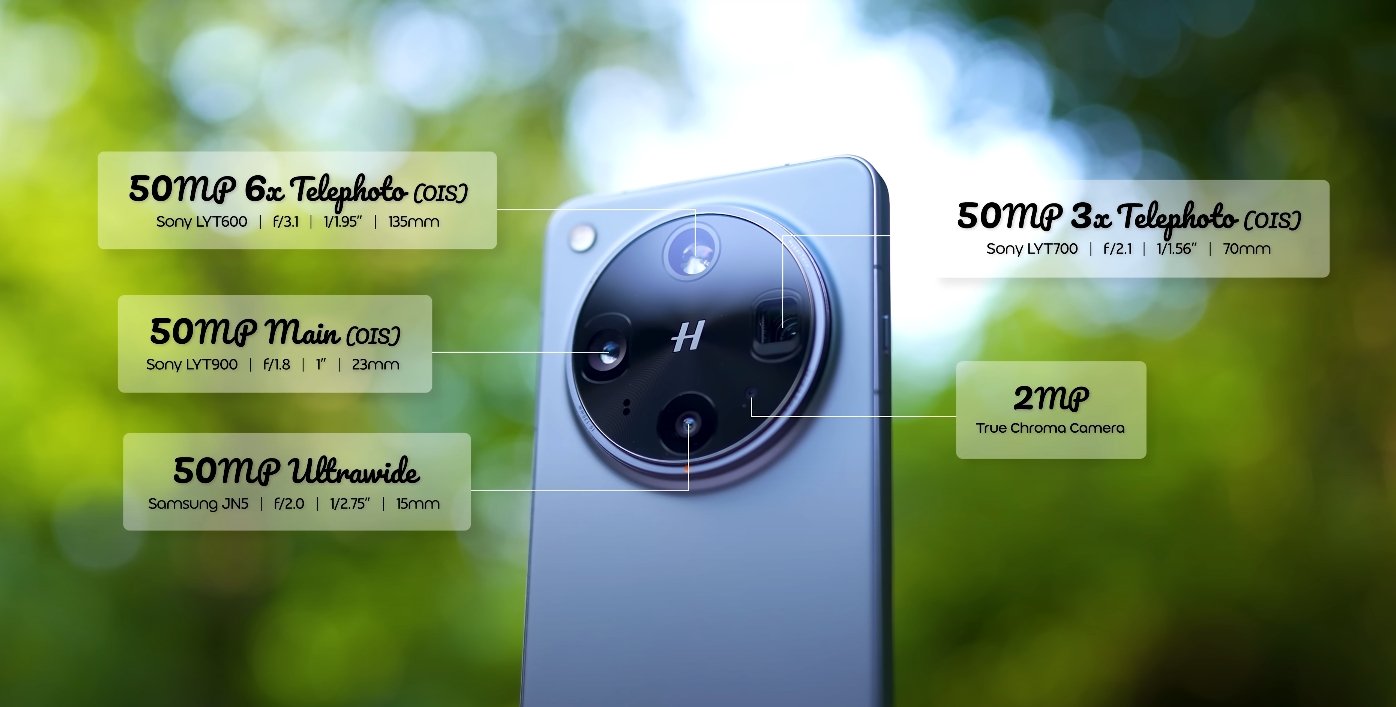Ultimate Gaming Performance Face-Off Between Two Flagship Titans
The gaming competition between Xiaomi and OnePlus has intensified with the arrival of the Xiaomi 17 Pro Max and the OnePlus 13 Pro. Both smartphones represent the latest generation of Android flagships, engineered to handle demanding gaming titles and extended play sessions without breaking a sweat. Their focus on thermal control, display quality, and raw GPU performance makes this comparison especially interesting for gamers seeking the ultimate mobile experience.
At the center of this face-off lies the chipset difference. The Xiaomi 17 Pro Max is powered by Qualcomm’s Snapdragon 8 Elite Gen 5 processor built on a 3nm architecture, while the OnePlus 13 Pro uses the Snapdragon 8 Gen 4 platform. The 3nm design in Xiaomi’s chip gives it a clear advantage in efficiency and sustained performance, allowing it to deliver higher frame rates with less heat generation. When tested with graphically demanding games like Genshin Impact, PUBG: New State, and Call of Duty Mobile, the Xiaomi 17 Pro Max consistently maintained frame rates above 120fps with minimal thermal throttling. The OnePlus 13 Pro, although highly capable, began showing slight dips in performance after long sessions, suggesting that Xiaomi’s cooling system is more effective for prolonged gaming.
Display performance plays a vital role in gaming, and both brands have refined their visual technology to perfection. The Xiaomi 17 Pro Max features a massive 6.9-inch LTPO AMOLED display with an adaptive 120Hz refresh rate and up to 3,500 nits peak brightness. The display delivers rich contrast, accurate colors, and a smooth visual flow ideal for fast-paced titles. Gamers have praised its 2160Hz PWM dimming for reducing eye strain during extended sessions. The OnePlus 13 Pro, on the other hand, offers a slightly smaller but sharper 6.7-inch AMOLED QHD+ panel with a 120Hz refresh rate and excellent touch responsiveness. While both deliver outstanding visuals, Xiaomi’s larger size and higher brightness make it more immersive, especially for competitive gaming and multimedia use.

Thermal management is one of the most critical aspects of sustained gaming performance. The Xiaomi 17 Pro Max uses a vapor cooling chamber that spans nearly the entire surface area of the phone, effectively dispersing heat during high-load gaming. Even after 45 minutes of gameplay, the device remains comfortable to hold, with no major frame rate dips or stutter. In contrast, the OnePlus 13 Pro features a dual-layer graphite and vapor chamber design that performs well initially but begins to warm up under continuous load. During long gaming marathons, users may notice minor heat accumulation near the top portion of the device. While this doesn’t drastically impact performance, Xiaomi’s design allows it to sustain top speeds longer without thermal throttling.
Battery endurance is another decisive factor for mobile gamers. The Xiaomi 17 Pro Max comes equipped with a massive 7,500mAh battery, paired with 100W wired and 50W wireless fast charging. This large capacity provides extended gaming hours without frequent charging breaks. Players can expect around seven hours of continuous high-performance gaming on a full charge. The OnePlus 13 Pro, with its 6,000mAh battery, also supports 100W fast charging but delivers slightly shorter playtime due to its smaller capacity and less efficient processor. However, both phones recharge quickly, taking under 30 minutes to reach full capacity, ensuring minimal downtime for gamers on the go.
Audio and haptic feedback also contribute significantly to the gaming experience. Xiaomi’s stereo speaker system, tuned with deep bass and spatial clarity, enhances the sense of immersion, especially in FPS and racing games. The OnePlus 13 Pro’s speakers are equally impressive, providing balanced output with clean highs and midrange tones. However, the Xiaomi 17 Pro Max’s larger body allows it to deliver fuller, more powerful audio. Both phones also include advanced haptic engines, offering precise vibration feedback that syncs well with on-screen action, further heightening the gaming realism.
Software optimization and game enhancement tools are equally strong on both sides. Xiaomi’s HyperOS offers a dedicated “Game Turbo” mode that boosts CPU and GPU output while managing background tasks. It also enables custom touch response, visual enhancements, and network prioritization for online gaming. OnePlus counters with its “Gaming Mode” and “HyperBoost” engine, which improve performance and maintain stable frame rates while minimizing distractions from notifications. Both systems work efficiently, but Xiaomi’s software provides deeper customization and control for professional gamers who prefer fine-tuning performance metrics.
In real-world performance, the Xiaomi 17 Pro Max edges ahead of the OnePlus 13 Pro in nearly every gaming parameter—be it frame stability, cooling efficiency, or battery endurance. The difference may not be drastic for casual gamers, but for those who spend hours in graphically demanding titles, Xiaomi’s combination of newer silicon, better cooling, and longer battery life makes it a more reliable choice. The OnePlus 13 Pro remains a formidable performer, excelling in smooth software optimization and offering excellent ergonomics for extended handheld use.
In conclusion, the Xiaomi 17 Pro Max dominates as a gaming powerhouse with its advanced chipset, superior thermal design, and exceptional endurance. The OnePlus 13 Pro still delivers flagship-level gaming and a refined software experience, appealing to users who prefer comfort and a balanced approach. For gamers seeking the absolute best in mobile performance and long-lasting sessions, the Xiaomi 17 Pro Max stands as the ultimate choice. For those wanting a premium all-rounder that performs flawlessly across both gaming and daily use, the OnePlus 13 Pro remains an excellent contender. Both prove that flagship gaming in 2025 has reached new heights of performance and sophistication.






